Welcome to our Churches
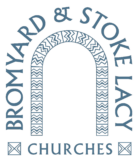
We have one simple message: that God loves us, and He has shown us His love through the life, death, and resurrection of His Son, Jesus.
This is how God showed His love among us: He sent His one and only Son into the world that we might live through Him.
This is love: not that we loved God, but that He loved us and sent His Son as an atoning sacrifice for our sins. 1 John 4: 9-10
We are a church community seeking to follow Jesus, and share His love with all who live in, or visit, our wonderful town.
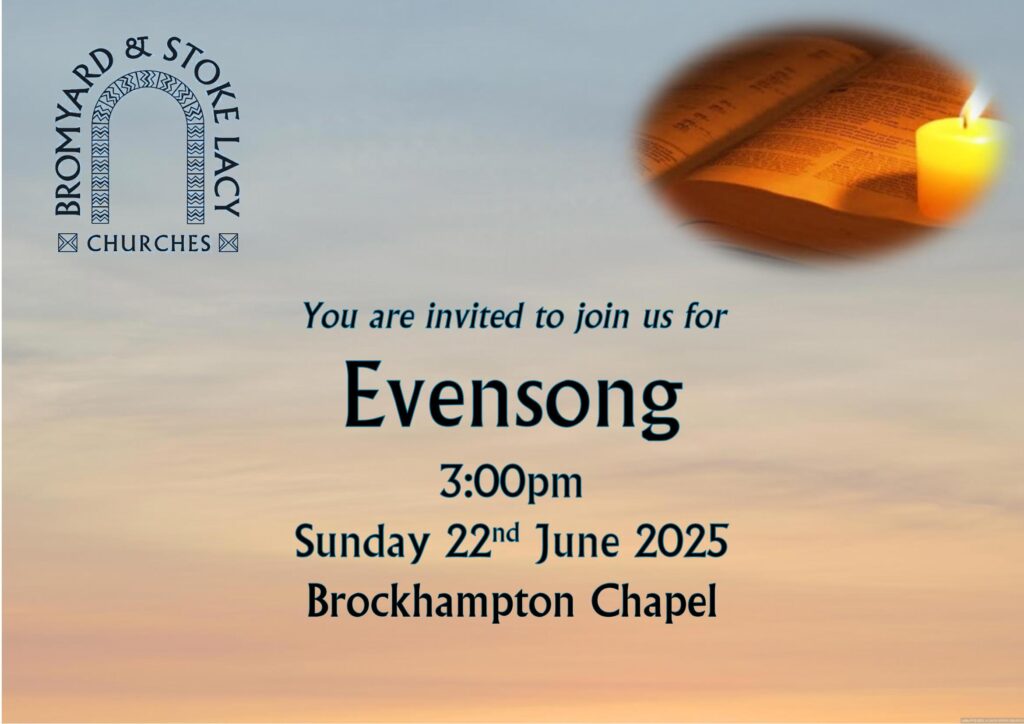
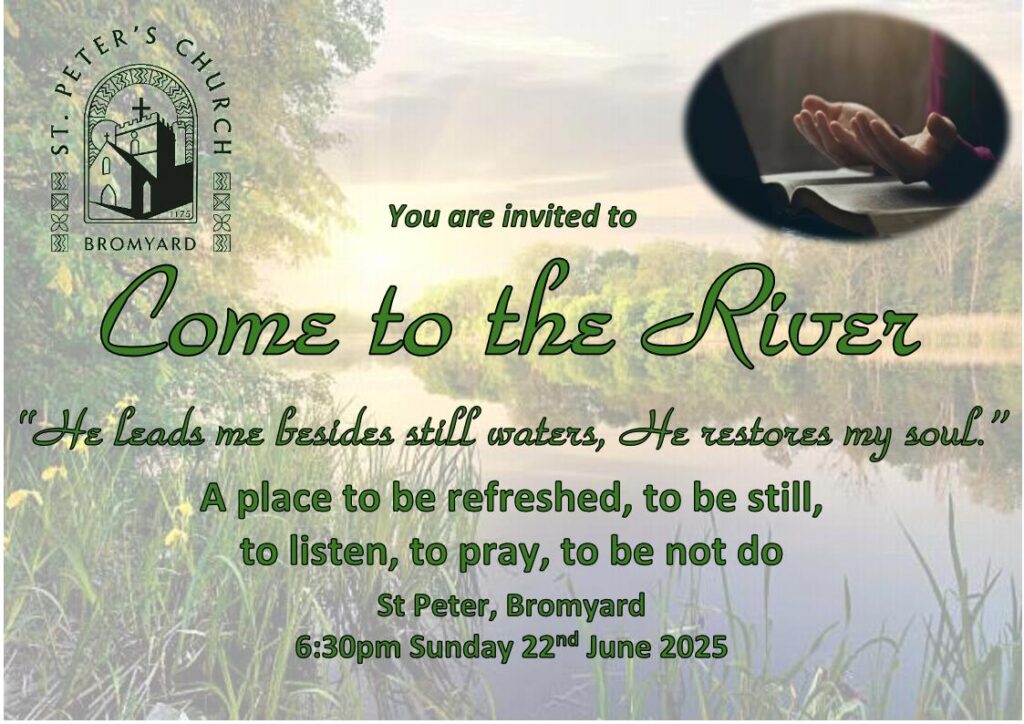
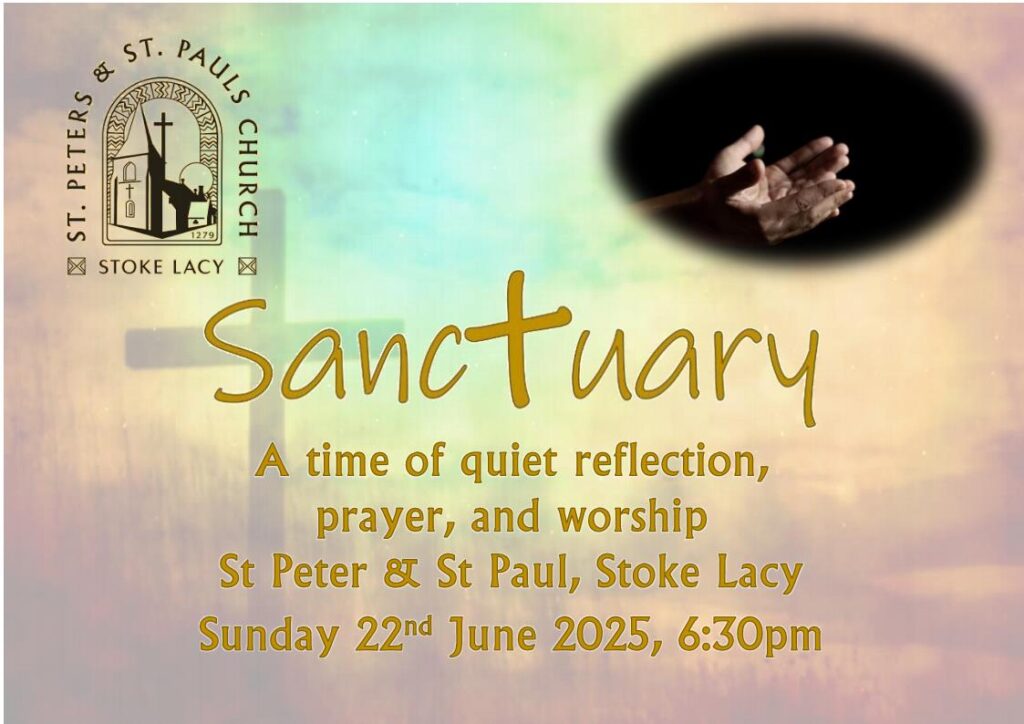
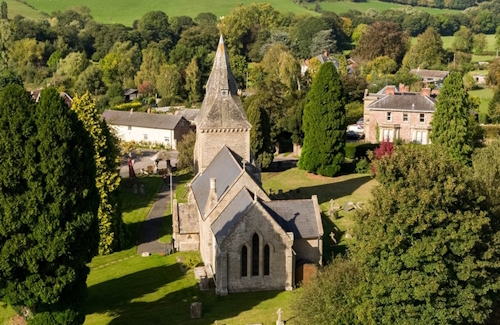
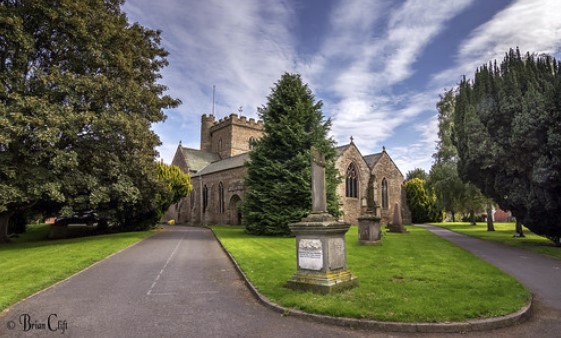
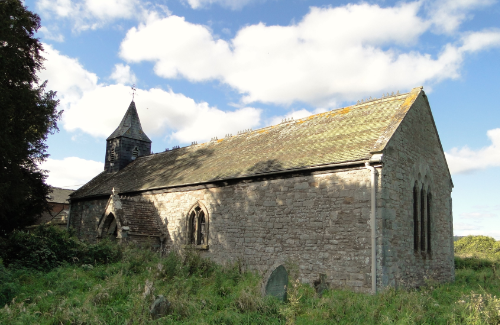
St Peter & St Paul Stoke Lacy
St Peter and St Paul, Stoke Lacy is a village church with a vibrant, though small, congregation. It is part of the Bromyard Benefice. The church is open daily and welcomes visitors. There has been a church on this site from at least 1279, possibly earlier. It is now largely a Victorian restoration with an arch from the earlier Norman church.
The Morgan link:
There are five beautiful stained-glass windows dedicated to the Morgan family, four in the church and one in the porch. Harry Morgan, son of George Morgan, rector of St Peter and St Paul for 50 years, founded the Morgan Motor Company in 1910.
St Peter’s Bromyard
Bromyard was once an important ecclesiastical centre, with St Peter’s founded on the site of an earlier Anglo-Saxon church. Early records show there was a minster on the site around 840AD. However few traces of this remain: notably a carving of St Peter holding the keys to heaven and a consecration stone in a circle, above the south door through which you will have entered the church. Both of these are thought to have come from the earlier Saxon church. Otherwise the building you see today dates back to the late 12th Century.
Our Church records are some of the earliest in the country and were started in 1538 at the instigation of King Henry VIII. The churchyard was closed in 1915 since when burials have been in the town cemetery.
Find out more…
Who’s Who
Vicar
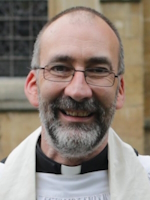
Rev. Philip Miller (collated 8 March 2023)
01885 498200
Curate
David Hall
Licensed Lay Minister
Michael Wild
Churchwardens
Mark Franklin
Roger Wilkins
Parochial Church Council
Lay Chair
Robert Hollis
Church Administrator
Mrs Janet Morgan
01885 483749
Moreton Jeffries
Standing in a pretty field, this Medieval church is a long low building, with an attractive small slated bell turret at the west end.
The church’s dedication is lost in time.
Built from local sandstone, it dates from the 13th or early 14th century and seems to have been extended westward some time after it was first built. Inside the church has a vernacular appeal, except for the elaborately carved Jacobean pulpit, complete with sounding board and reading desk, which is considerably more sophisticated.